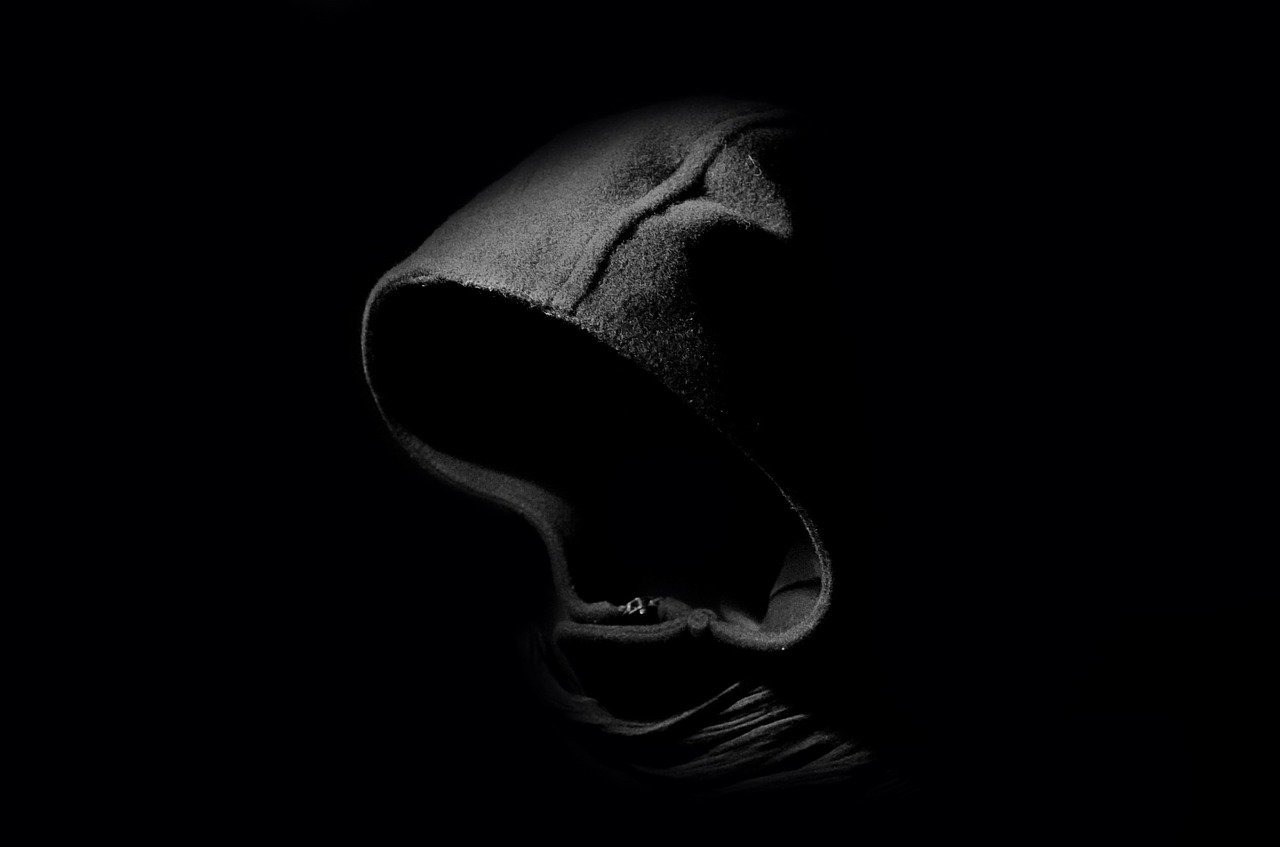While demons and the devil exist in various religions in different forms, these supernatural beings are most prevalent in Christianity.
The devil is seen as the enemy of all that’s holy and righteous, the antithesis and adversary of God.
Demons are often regarded as the devil’s agents, responsible for maladies, disasters and tempting humans to sin. They serve the devil, the same way angels serve God.
We’ve all grown up knowing that the devil and demon represent evil, sin, and immorality. They might as well be the same thing. However, there are differences between demons and the devil.
What You'll Learn Today
The Devil/Lucifer

Let’s start with the most popular supernatural being in Christianity that’s not God or an angel – the Devil, also known as Satan or Lucifer.
The devil first shows up in the Bible right at the beginning, when he disguises himself as a serpent and appears to Eve in the garden of Eden, successfully tempting her to eat the forbidden fruit.
Other appearances in the Old Testament are in Job and Zechariah where he is the accuser.
The use of the word ‘devil’ is more common in the New Testament. He tempts Jesus during his 40 days and nights of fasting.
Jesus also refers to him several times in his teachings, using terms like ‘the wicked one’, ‘murderer’, and ‘father of lies’.
Throughout the Bible, it is clear what the devil stands for – evil. Surprisingly, however, the devil does not always do evil of his own accord. In some cases, such as inflicting Job with disease, he is commanded by God.
But overall, especially in the New Testament, the Devil is cast as the main adversary to God and righteousness. Jesus and his apostles warn believers to be wary of the Devil and his cunning.
As to his origins, the commonly accepted theory is that he is a fallen angel, Lucifer.
Another surprising tidbit is that nowhere does the Bible say Satan leads hell, a common perception in Christianity. Rather, the Bible says hell has been prepared for the devil and his angels.
Demons

We get our primary understanding of demons from the New Testament. They are not really present in the Old Testament.
In the New Testament, they are presented as evil and malevolent spirits that often inhabit people or even animals.
Once they possess people, they can cause physical or mental illness. The Bible refers to Satan as the Lord of demons.
Some theologists suggest that demons are fallen angels, while others say they are just evil spirits who’ve always been evil.
The modern Christian interpretation is that demons are agents of the devil. While we do have our own free will, meaning we can choose to do good or evil, demons can tempt us to do evil.
Demonic possession is also believed to happen, though the Catholic Church says it’s rare. In the event of a proven possession, an exorcism is carried out.
Bottom Line
The difference between demon and devil, especially in everyday life away from dense theological arguments, can be fuzzy.
That’s because the two entities have evil as their ultimate goal.
But for the purpose of accuracy, the devil is considered the direct antithesis of God. Here is the main adversary of God and believers.
Demons are the dark versions of angels. They carry out the devil’s will in the world.